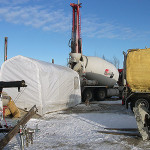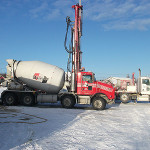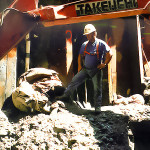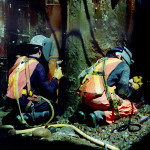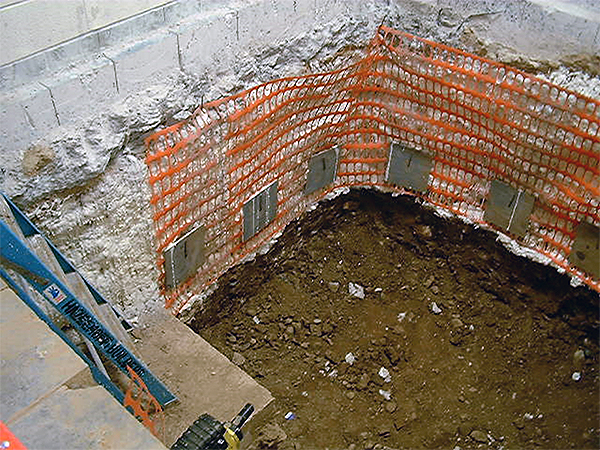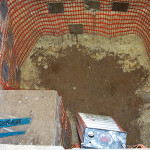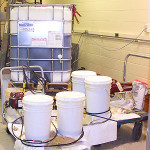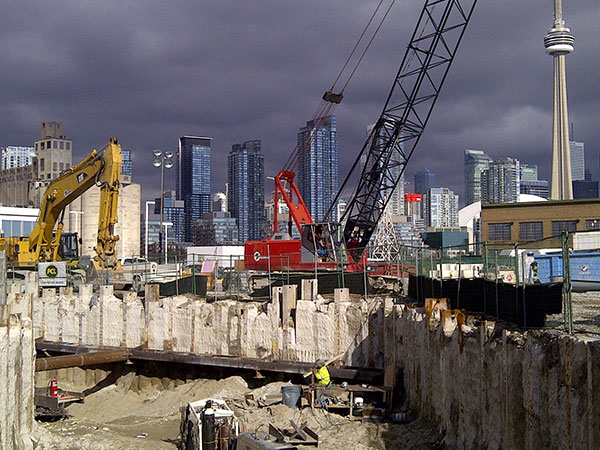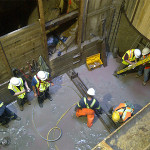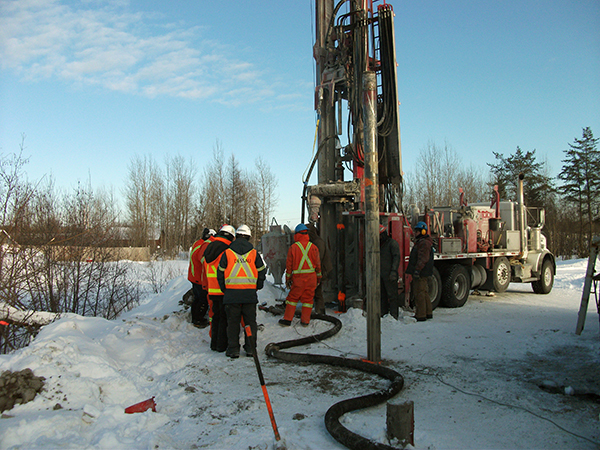
Compaction grouting of underground sinkholes
Case description
A large underground gold mine encountered unstable ground conditions at the surface due to groundwater migration that resulted in the erosion of ground fault structures, widespread surface settlement and occurrence of sinkholes aligned with anomalous sub-surface soil/rock geometry.
Prior to engaging Peter White’s grouting engineering services, the mining company was relying upon a local contractor to mix and pump a high W:C ratio cement grout using bagged cement materials. This approach to cement grouting involved low productivity and low rates of cement placement.
Solution
The mining company immediately implemented the recommendations of Peter White and changed over to using low W:C ratio cement grout delivered from local batch plants using ready-mix trucks. This change resulted in an immediate and substantial increase in grouting productivity while reducing overall manpower requirement.
Additional grouting performance improvements were implemented through utilization of thixotropic admixtures to increase the cohesion of bulk cement grout mixtures as delivered from the batch plants.
Peter White subsequently provided suitable mix designs and trained local crews to undertake compaction grouting for critical areas of the site where surface settlement problems were evident.

